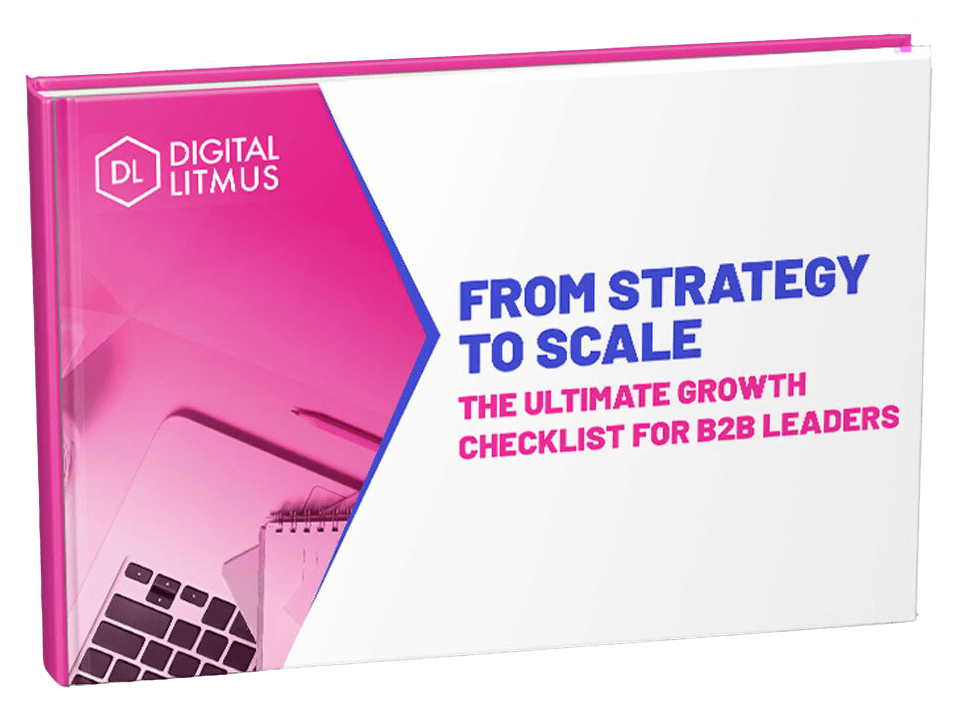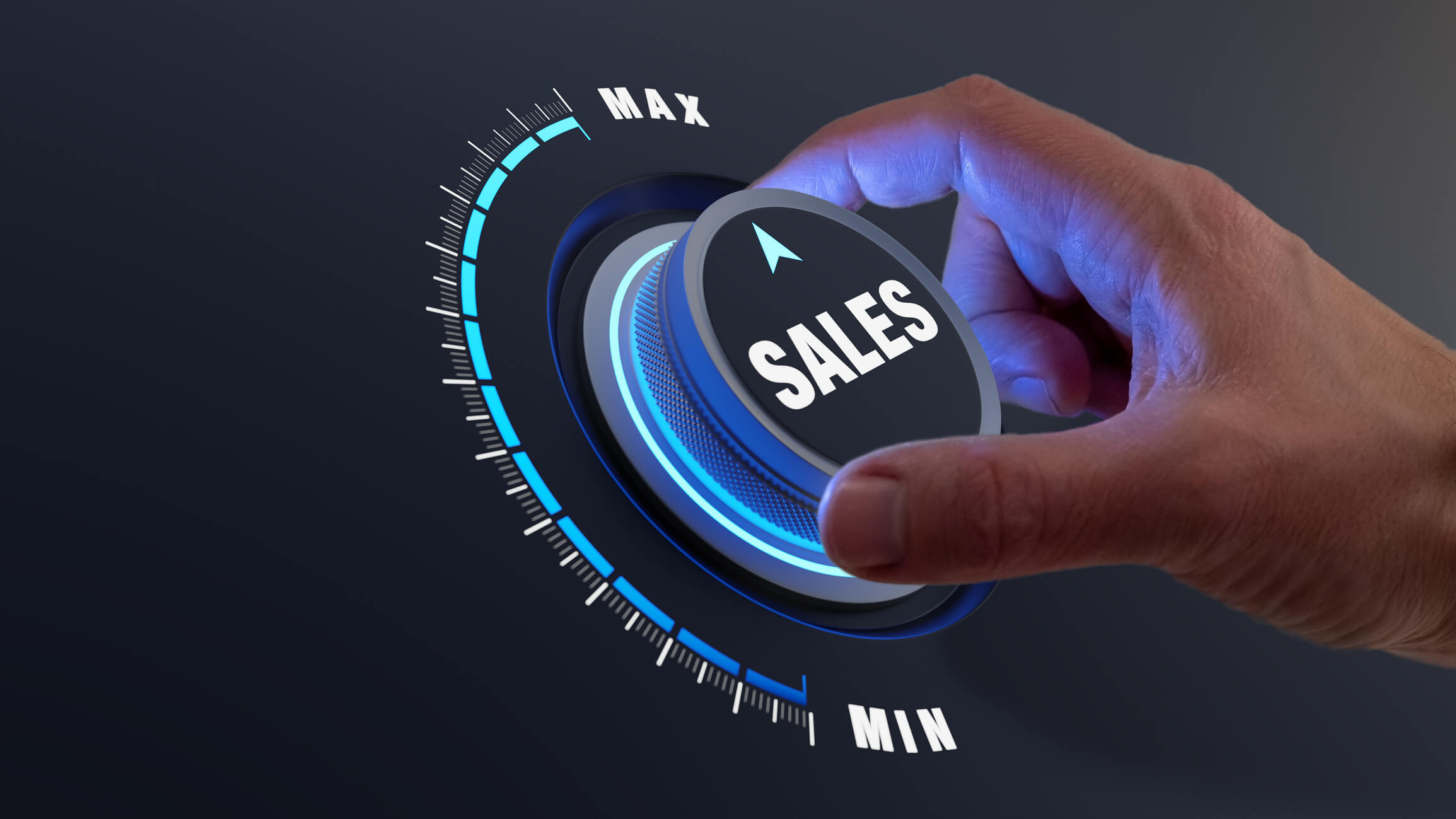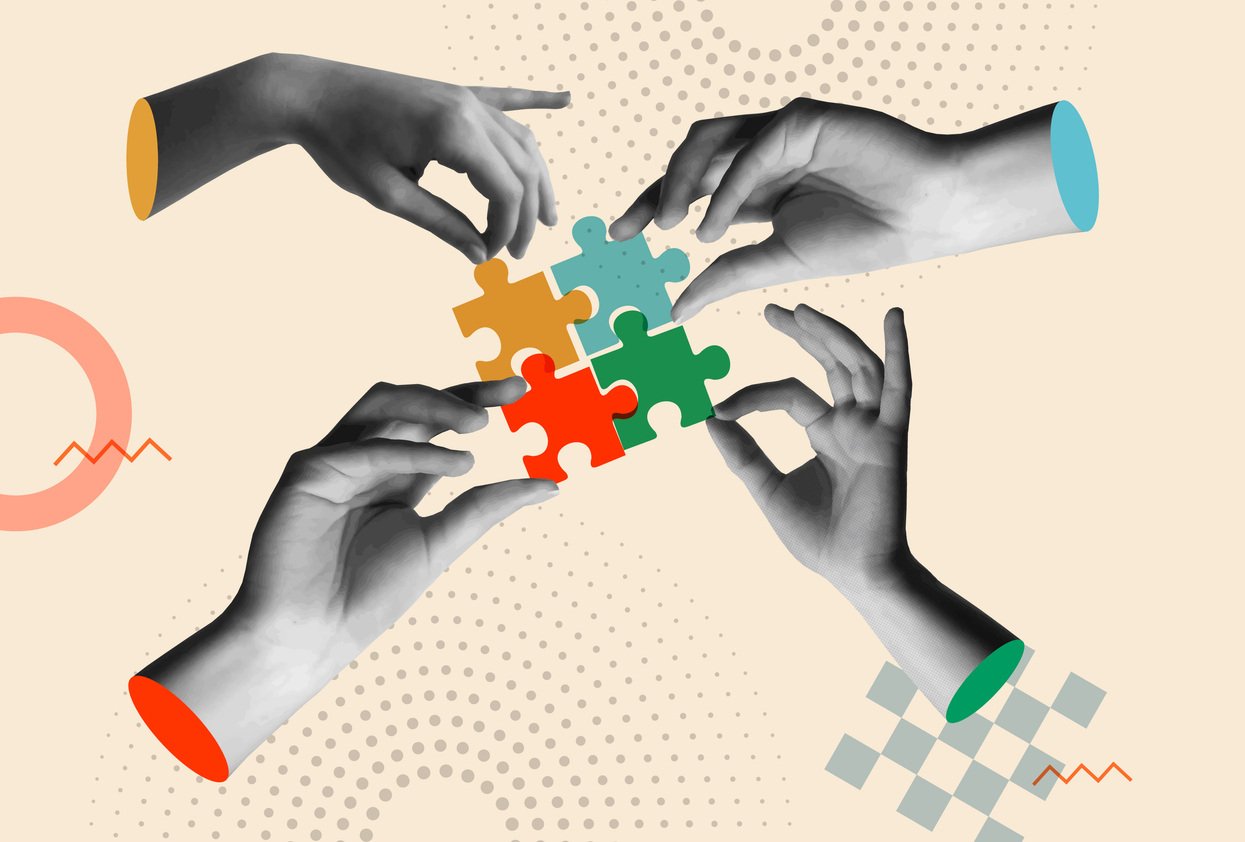As a basic rule, if you’re employing a sales team, they need to be given a fair chance to meet their business objectives and work efficiently and productively.
Unfortunately this often isn’t the case. Research from SiriusDecisions revealed that more than 50% of a salesperson’s time is spent on admin tasks.
The reality is that in many SMEs with limited marketing resources, much of the focus is on initial lead generation rather than conversion further down the funnel.
Sales development reps (SDRs) are often forced to figure out their own email approaches, develop sales materials from scratch, and use email systems that don’t track and report effectively. This leads to significant inefficiencies in the sales process, inconsistent messaging coming out from the business and a lack of clarity of what’s working and what isn’t.
The more prepared and informed your sales reps are, the better the sales experience is for your prospects, which in turn increases your chances of getting a deal over the line.
This is where a focus on sales enablement can yield transformative results.
Sales enablement is the iterative process of providing your business’s sales team with the resources they need to close more deals. These resources may include content, tools, knowledge, and information to effectively sell your product or service to customers. - HubSpot
Getting your sales enablement right can be one of the biggest differentiators when it comes to winning business and accelerating growth.
Exactly how you prepare and equip your sales team will depend on the context of your business and your team's specific needs. Sales enablement tactics will naturally look different across different businesses, however the tools and content types that sales teams need to use when trying to convert prospects will often have a great deal in common.
In this article we’ll delve into the main aspects of sales enablement and highlight why every B2B business should be investing time and resources into improving their sales enablement efforts right now.
The Benefits of Sales Enablement
Build Efficiencies Into The Sales Process
Arming your sales team with the right tools, information and content to accelerate and close deals makes the sales process more efficient and effective from the outset.
Working with pre-built sales templates full of valuable, customer-centric content for prospects goes a long way when it comes to improving sales performance. Add some neatly configured sales automation tools into the mix and your sales team will have the ability to scale their efforts and generate better results, faster.
For SMEs, this scalability within the sales function is vital as they strive to accelerate growth. Effective sales enablement strategies help the top performing sales reps in your business become even more efficient, and new hires are able to hit the ground running with the right tools in place from the start.
Align Sales and Marketing
Setting up your marketing and sales teams to work in their own functional silos is an old hat approach.
The forward thinking businesses recognise that these two functions need to work in harmony to get outstanding results and continuously optimise the lead management process.
A continuous dialogue and feedback loop between these two teams gives marketers the ability to act on sales performance data and get better insights into lead quality directly from the sales team. This helps them understand how to refine their marketing communications and acquisition activity over time, generating better results.
Improved lead quality is a positive output of sales and marketing alignment. Marketing teams understand what a quality lead looks like and as a result, only pass ‘sales ready’ leads over to sales. This means sales reps have the right types of conversations that lead to genuine sales opportunities, instead of wasting their time chasing leads that won’t ever convert.
Improve The Quality of Sales Data
Quality data is the foundation of a high performing sales function. It’s vital that sales people are working with accurate data about your target accounts and contacts.
But according to a report on CIO insights, nearly 56% of sales reps are dissatisfied with their ability to provide useful, data-driven insights. Naturally this impacts performance and productivity, with reps having to undertake their own desk research in order to provide a tailored approach to sales outreach.
Sales reps spend up to 43 hours per month researching. - Aberdeen
So what can be done about this? Sales enablement relies on the streamlining of processes and leveraging of technology to ensure lead management is fully systemised.
With this in place, the right sales and marketing tools will be integrated into your CRM, and you'll be able to take advantage of the reporting capabilities of your tech stack. This will allow you to better measure performance, draw on valuable insights on buyer behaviour, and track the sales pipeline end-to-end.
This data can then be used to further refine your sales enablement content and strategies going forward.
Who Owns Sales Enablement?
In almost all cases, marketing and sales should own sales enablement collectively. However both functions have their own dedicated roles and responsibilities in this collaboration.

It’s the job of the marketing team to provide sales reps with a variety of useful resources, rooted in a solid understanding of customer needs and problems.
Sales reps should be regularly feeding back to marketing as to what content is resonating with prospects and what isn’t. Additionally, they should be sharing insight into the quality of leads and sales objections. Marketing can then use this information to refine and produce their content-led resources and improve their campaigns to increase overall lead quality.
By collaborating and communicating with one another, everyone involved in the sales process will better understand how potential buyers are engaging with your business. This means you'll be able to provide them with the right information they need at the right time.
Ready to take your marketing to the next level with HubSpot? Let's leverage the power of MarTech to supercharge your lead generation, sales, and customer retention. Explore our MarTech services and let’s see how we can help you.
Sales Enablement Strategy
Sales enablement strategy is the approach you take to provide sales with the resources and processes they need for success.
It relies on an understanding of the lifecycle of a lead through from marketing to sales, as well as a clearly defined lead qualification framework.
When developing a sales enablement strategy, think about where there are opportunities to improve internal sales processes in order to give prospects a better experience through the buyer journey, in as efficient manner as possible.
Key areas to consider when developing your sales enablement strategy should include:
- KPIs
- Sales Process and lead management
- Sales automation technology and CRM
- Content
- Team Training and Resources
- Measurement and Reporting
Sales Enablement Content
The content that sales teams have to engage prospects with can make or break sales success.
To create effective content, you need to really understand who you are selling to. Sales and marketing teams should collaborate on this to develop buyer personas and map out the buyer journey in detail. This should be constantly iterated on, to ensure new insights on customer needs and behaviour are added over time.
By bringing customer needs and problems to the fore, an added extra layer of personalisation into content and communications will be possible.
64% of B2B decision makers say they won't engage a salesperson if the communication is not personalised. - The State of Sales LinkedIn Report
With this deeper level of understanding, producing the right collateral to support the sales enablement process is significantly easier and results will undoubtedly be better.
A typical sales enablement content stack should include:
Case Studies
Case studies are an absolute must-have resource for prospects when they are evaluating your business.
Prospects like to know that other companies like theirs have faced similar challenges and found a positive solution via the product or service provided by your business.
Customer success stories are a powerful way to develop credibility and build trust with prospects, helping sales reps get deals over the line.
Sales Decks and Product Guides
Sales teams need clear and informative sales decks and product guides that they can access quickly when prospects are ready to receive it.
They should provide a sufficiently detailed overview of products and services, and clearly communicate the benefits that prospects will receive from purchasing.
It’s got to look good, too - use a branded style and enhance the presentation of key information with visuals where possible.
Email Templates
Having email templates will mean your sales reps don’t need to waste time messing around with formatting and styling every time they want to send an email. More importantly, they help to keep the messaging coming out of the business in a consistent tone of voice.
Email templates should be easily accessible, with the appropriate branding or styles in place. Sales reps can then use these to add an extra layer of personalisation based on their knowledge of a prospect relationship or account, and send out communications accordingly.
Sales Automation
Where can technology improve existing sales processes? Answering this question will help you identify tools that help salespeople work faster and smarter to get results.
Sales automation is one of the key things that drives efficiency in your sales team. Getting it right means you can do a lot more with less resource.
With most sales enablement tools, you’ll have the capability to automate a lot of the sales process - from sending out personalised emails to managing tasks for sales reps. You’ll also want the ability to create real-time performance reports to keep track of your success.
Here are a few commonly used sales enablement software options:
It’s important to understand that, while sales automation is designed to make life easier as a sales person, you need sufficient technical know-how to set up and manage your automated systems to make them work effectively.
Part of that is selecting the right tools, but additionally, it would be smart to assign a small team to the management of your tech stack to make sure everything is consistently set up correctly, and ensure its smooth running.
Things can get out of control without the correct maintenance of your tech stack, which risks undermining all your sales enablement efforts.
Consider your budget when choosing these tools, keeping in mind the size of your current sales team, but also how quickly you are planning to grow your team. You'll want tools that can scale as you grow. That might mean picking software that has a tiered pricing structure, so you can easily upgrade your package later if needed.
You'll also need to use tools that integrate well with other technology you currently have in place, such as your CRM.
Summary
Getting your sales enablement right can change sales performance immeasurably and power your business growth.
Make sure you’ve set out a clear foundational strategy before you get started, involving both the sales and marketing teams. Understand your options for sales enablement tools, and pick one that can grow with you.
Utilise and expand your sales content in a way that’s centred around improving the buyer journey. Lastly, make sure you have processes in place to continuously develop your sales enablement approach, relying on communication between sales and marketing and using performance data to steer you in the right direction.
Sales enablement will look a little different for every business, but if you keep these basic tips in mind you can be well on your way to building a sales enablement plan that will transform your business.

Are you a B2B company looking to accelerate growth?
Our connected sales, marketing, and HubSpot agency services might be just the ticket. Get in touch for your free growth assessment to find out how you can accelerate business growth today.





